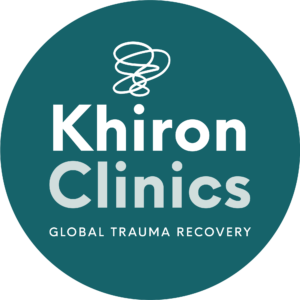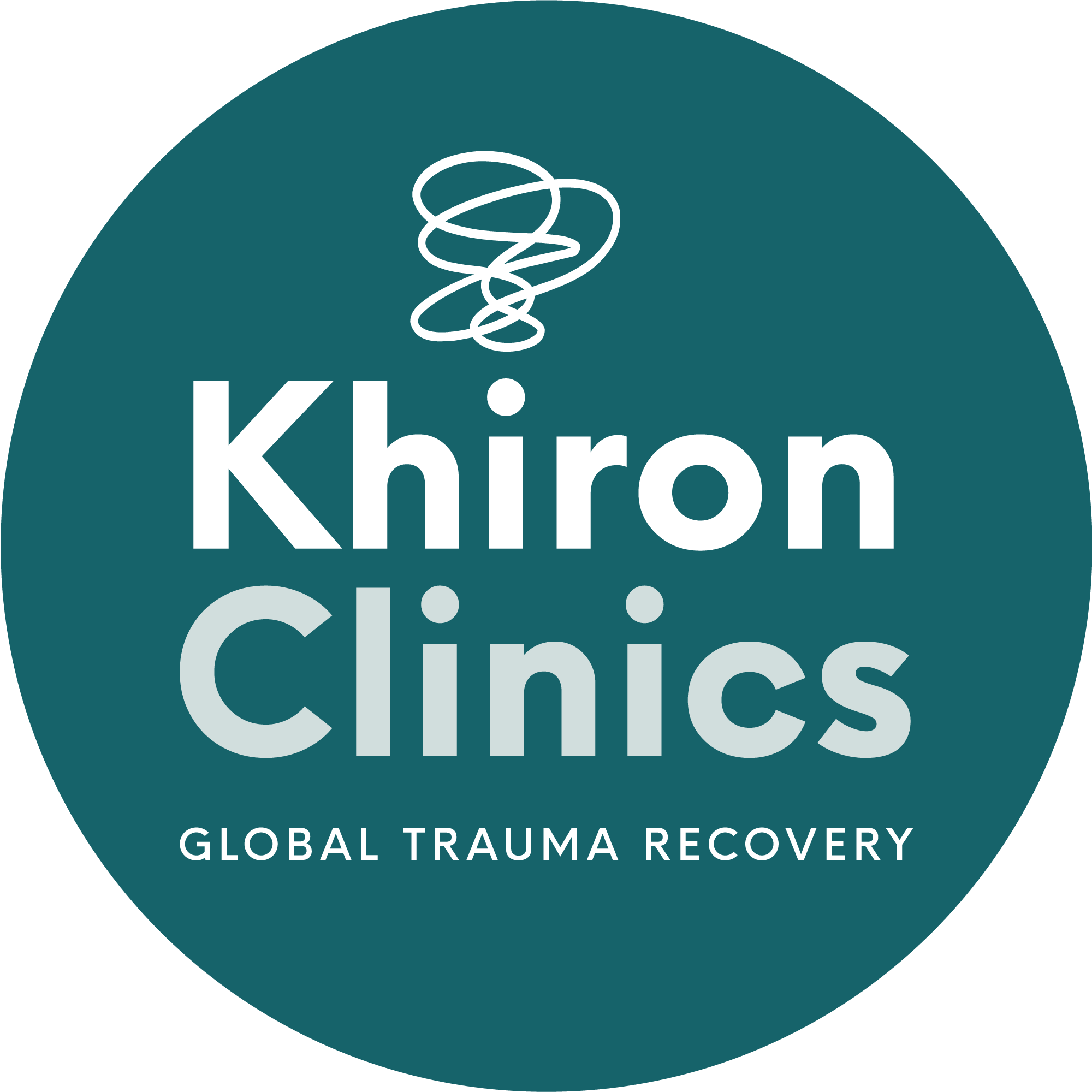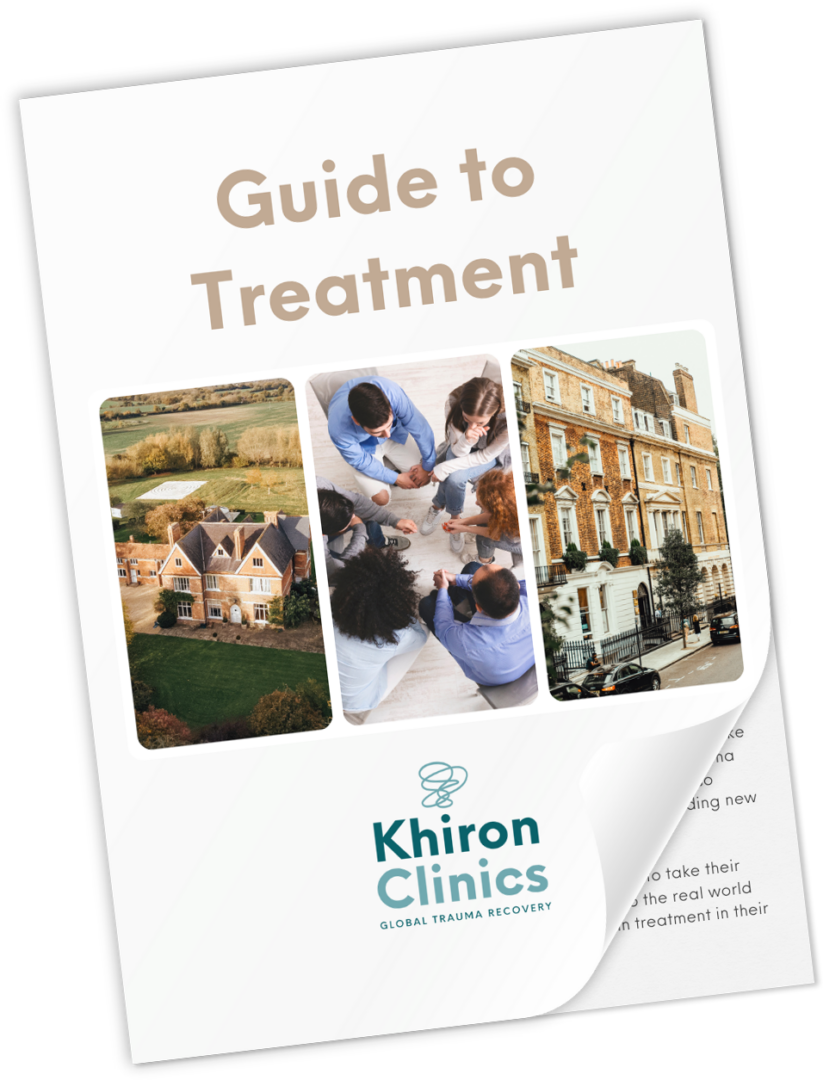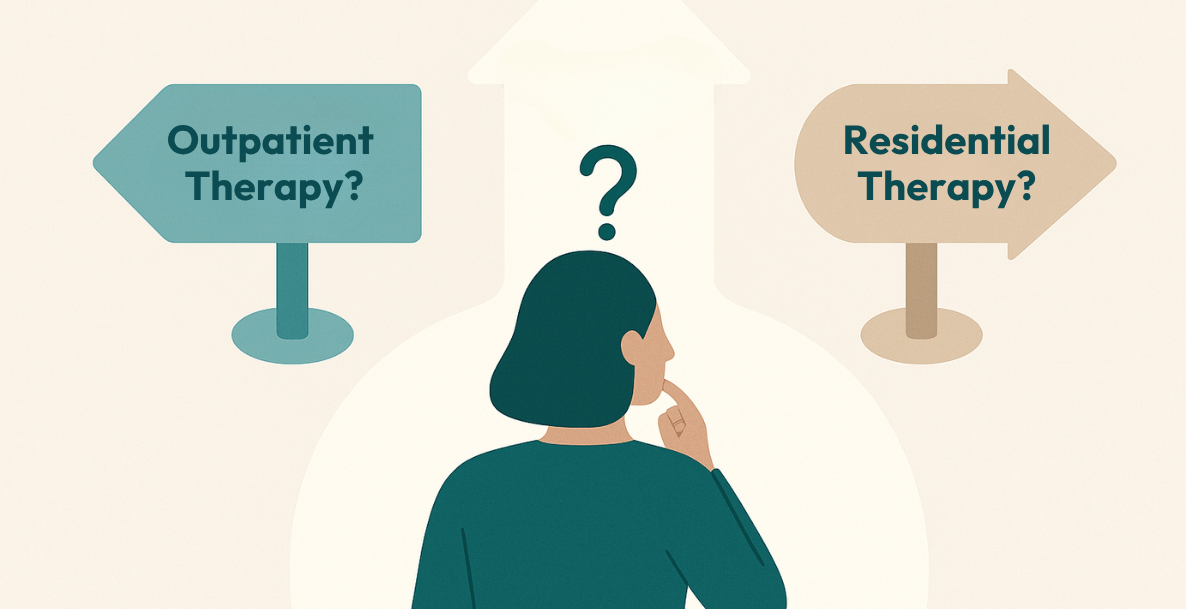by Penny Boreham
“If you want to conquer the anxiety of life, live in the moment, live in the breath” (Amit Ray)
“When the breath wanders, the mind is unsteady, but when the breath is still, so is the mind still” (Hatha Yoga Pradipika, 15th century)
Revitalising the Body and Grounding the Mind
The connection between the breath and the mind has been understood by both yoga and meditation practitioners since ancient times, and there is evidence of this in the very first yoga texts.
Therapists who are now working in the evolving field of the body orientated approach to treating trauma are increasingly comprehending that an understanding of breathing techniques is essential. They realise that learning such techniques is central to their clients’ ability to recover, helping those clients learn to ‘respond’ not ‘react’ when their sensitised responses are triggered. Afterall, we can access the autonomic nervous system through breathing, and it is one of the few body functions that is under both our conscious and autonomic control.
Grounding in the mind
When we are in a position to notice what is going on in our bodies we can feel that any shallow, rapid breathing is synonymous with being scared or angry, and equally, when we feel calm and relaxed, our breathing slows down. Certainly, not breathing properly for a long time can make us feel sluggish, fuggy headed and ungrounded.
Just as ancient yoga practitioners claimed that yoga breathing revitalised the body, steadied the emotions and led to clarity of mind so contemporary specialists in the field of trauma are acknowledging that an understanding of the body and the breath creates that grounding in the mind and also allows for responses to come from a place of expansion rather than contraction.
Bessel van der Kolk and the Smoke Detector
Bessel van der Kolk, a professor of psychiatry and founder and medical director of the Trauma Centre in Massachusetts, USA, is one of the leading exponents of the body orientated treatment of trauma. He has worked hard to draw our attention to how scientific research affirms the efficacy of such therapies for the treatment of trauma. He is determined to allow these new body orientated treatment to become more mainstream and accessible.
He writes in his recent book, “The Body Keeps the Score”:-
“Learning how to breathe calmly and remaining in a state of relative physical relaxation, even while accessing painful and horrifying memories, is an essential tool for recovery. When you deliberately take a few, slow deep breaths, you will notice the effects of the parasympathetic brake on your arousal.”
Once we have experienced trauma, and particularly if we have not had the nurturing we most need immediately after the trauma and also the resilience provided by having had our needs met early in life, situations that remind us of the traumatic event or experience (even very vaguely) can trigger excessive release of stress hormones, including cortisol and adrenaline, which in turn increase heart rate, blood pressure, and rate of breathing, preparing us to fight back and run away. It is our brain’s amygdala, which Dr van der Kolk calls the “the smoke detector”, which sends out its danger signals that trigger the release of these powerful stress hormones.
The amygdala
The amygdala is located deep within the temporal lobe of the brain and it is a limbic system structure that is involved in many of our emotions and motivations, particularly those that are related to survival. It is involved in the processing of emotions such as fear, anger and pleasure, and also responsible for determining what memories are stored and where they are stored in the brain. It is believed that this determination (of how memories are stored and where) is linked to how huge our emotional response was to the event.
Self-regulation and the Breath
Certainly mindfulness meditation and yoga can help to regulate and strengthen the capacity of the frontal lobes of the brain, and in particular the medial prefrontal cortex, to monitor body sensations, and this can allow the human system to have a sense of proportion when the amygdala sends these danger signals. All yoga programmes consist of a combination of breath practices (pranayama), stretches or postures (asanas), and meditation.
Breath, movement or touch allows us to access and recalibrate the autonomic nervous system, which originates in the brain stem. Learning self-regulation is one of the keys to recovery, and as Bessel van der Kolk writes:-
“The more you can stay focussed on your breathing, the more you will benefit, particularly if you pay attention to the very end of the out breath, and then wait a moment before you inhale again. As you continue to notice the air moving in and out of your lungs you may think about the role oxygen plays in nourishing your body and bathing your tissues with the energy you need to stay alive and engaged”.
This is a yoga breathing exercise that you may know of already, or might like to try – alternate nostril breathing :-
- Sit upright in a chair or on the edge of the bed. Have your back straight, your feet flat on the floor and your chin slightly tucked.
- Breathe in through the left nostril, closing the right with your thumb.
- Hold the breath very briefly, just for one second, closing both nostrils.
- Breathe out through the right nostril, keeping the left nostril closed with your ring and little fingers.
- Breathe in through the right nostril, keeping the left nostril closed.
- Hold the breath briefly, closing both nostrils.
- Breathe out through the left nostril, keeping the right nostril closed with your thumb
(This is one round. Do 15 rounds. Although you are controlling your breath, it should be comfortable. Afterwards sit for half a minute, breathing normally and noticing how you feel).
If you would like a weekly email about new posts on our blog please sing up for our mailing list in the box above right
